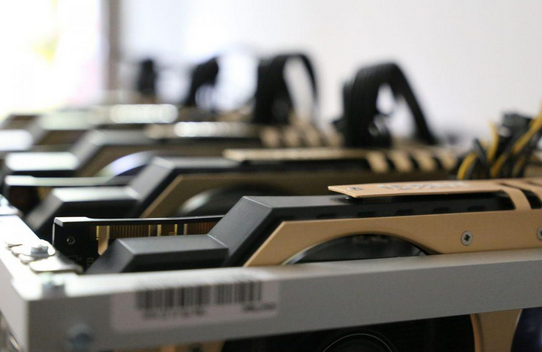Obtaining credit in its various forms is not a difficult feat. In fact, the online platform has laid the groundwork for many consumers to get the funding they need for any project. While online funding sources and traditional institutions have streamlined the application process, applying for a loan is a process requiring prospective borrowers organise their materials way before obtaining credit.
Whether you apply for a loan online or in a traditional bank, the institution requires applicants to submit information regarding your ability to pay the loan back. While you can find lenders who require no credit check and a quick process, these lenders increase the interest rate of the loan, in addition to other surprises that lurk in the details of the contract. To obtain the best loan, prospective borrowers should plan to submit an application, prove income, and have a good credit history.
Continue reading to learn more about what is involved in applying for a loan so you can secure the best loan possible.
The Application Process:
When applying for a loan, the first step is the application. While the easiest part of applying for a loan, the document asks you for all of the relevant information needed to determine risk. The document usually asks you for information related to your employment, assets, and debts. Furthermore, few applications ask you for a list of references. Whether applying online or in the institution itself, you essentially should be prepared to give the lending institution much of the information related to your current finances.
The Credit Report:
Of the documents to be submitted, your credit report is an account of all of the debts you have incurred as an adult. Before applying for any loan, the easiest way to secure funding is to make sure your credit report is in the best shape by obtaining a copy months before applying for the loan. Obtaining a copy beforehand gives you a chance to address any inaccuracies that appear on the file, and more importantly, any derogatory remarks that show up on the file.
Cleaning up your credit report is important for a few reasons. For one, your credit score directly affects your interest rate, but more significantly, it can affect the type of loan you are approved for and whether you are approved at all. Furthermore, those with derogatory remarks and delinquencies are required to have some type of collateral to qualify for a loan, in this case, a secured loan.
Proof Of Income And Assets:
Lenders want to know how you are going to pay the loan off if you, for some unforeseeable reason, cannot fulfill the obligation. Before applying for a loan, figure out what your assets are and how much income you have to pay down the loan. Prospective borrowers with savings and other assets stand a greater chance of being approved for loans that can offer them competitive rates.
Furthermore, the lender can also determine your ability to pay by figuring out your debt-to-income ratio (DTI). This figure simply is the percentage of money that you spend on debt every month. Low DTIs are favourable because it means that you have more than enough to cover the loan and high DTIs mean the opposite. Each lender has a percentage that qualifies a person for a loan, and much of the time it depends on the type of loan. For example, the percentage might be higher for a home loan than a car loan.
Gaining The Advantage When Borrowing:
Much of what determines whether you get a great loan is in the preparation. If you have addressed many of the common ailments that plague the credit report, you increase the chance of getting a lower rate. Ultimately, it is the entire financial picture that determines whether or not you can actually afford to carry the loan.
Read Also:






















